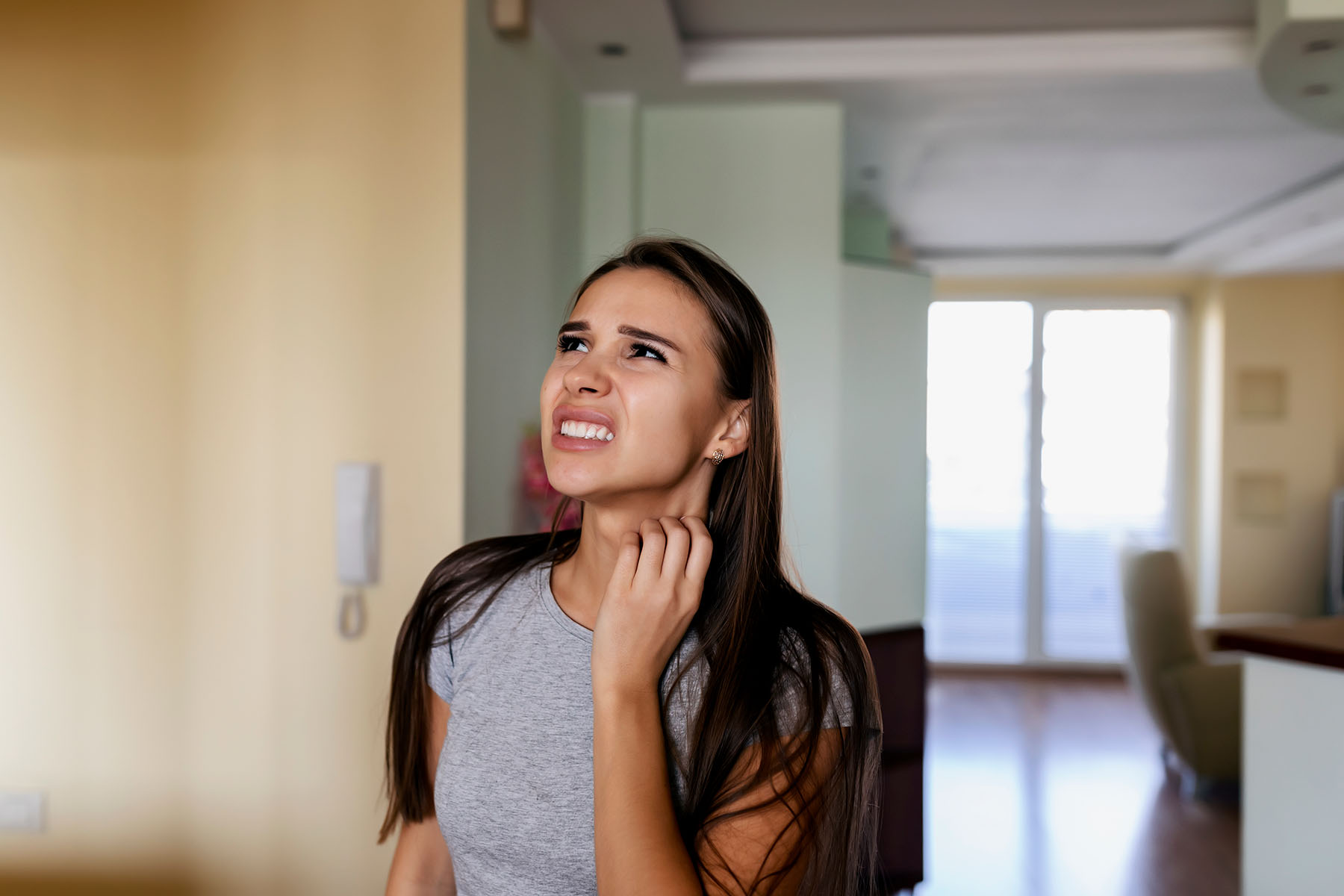3 Common Skin Conditions You Should Know About

If you have heard the word “keratosis” used by your doctor, there’s a good reason why.
Keratosis occurs when proteins grow on the skin. These proteins come from keratinocytes, which are the main cells in the outer layer of the skin. Keratinocytes protect the skin from damage caused by the environment. In humans, they constitute 90% of epidermal skin cells.
Three common dermatologic conditions include the word keratosis. Two are single lesions on the skin, while one — keratosis pilaris — is more of an eruption of multiple small keratitic papules. Together, they affect tens of millions of Americans, most over 60 and 70 years old.
An accurate diagnosis and treatment or removal requires a visit to your doctor. However, “they’re slow to progress, so you don’t have to rush,” says Jonette Keri, M.D., Ph.D., a dermatologist with the University of Miami Health System.
“But if you see something new on your skin, or you see something that’s changed, you should still get it checked.”
Here’s a primer:
Actinic keratosis
Actinic keratosis is marked by scaly patches that appear as raised lesions. They tend to be pink but can also be red or even tan. The scale feels dry and rough to the touch.
Only this type can cause skin cancer, so health insurance pays for its removal due to the risk of malignancy.
It’s caused by cumulative exposure to the sun — always a danger in South Florida — and is found more often in light-skinned people. It can also be found in individuals with darker skin who have been exposed to UV rays without protection over some time and with people whose skin is susceptible to UV rays, such as those with albinism. It tends to appear most frequently in areas normally not covered by clothing, such as the face, neck, ears, forearms, and back of hands.
Actinic keratosis can show up at any time.
“I’ve seen it in people in their 20s and 30s, but it’s a lot more common in those who are in their 70s and 80s,” Dr. Keri says.
Actinic keratosis can be diagnosed with a simple biopsy. To treat it, a dermatologist can choose from a variety of treatments. These include:
- cryotherapy (freezing the lesions)
- photodynamic therapy (using a special blue light)
- topical chemotherapy (applied directly to the skin)
- laser surgery to remove lesions
While treatment will rid a patient of the lesions, actinic keratosis can come back, so it’s important to have regular checkups.
Seborrheic keratosis
Seborrheic keratosis is a benign skin condition characterized by waxy, brown or discolored growths that appear raised on the skin and are textured and well-defined. But it’s important to see a healthcare provider who can diagnose the condition because they can look like other malignant growths.
“They’re very warty in appearance,” Dr. Keri adds, “but they’re not warts.”
This keratosis is so common that most of us will develop at least one of these growths in our lifetime.
Their prevalence increases with age but can also appear in young and mid-adulthood. In fact, one study published in JAMA Dermatology found that about 16% of people aged 15 to 19 reported at least one lesion, as did about 33% of individuals between 25 and 30 years old. Older individuals tended to have more and more extensive lesions. These raised growths usually appear in the trunk, face and neck.
“We don’t know what causes it,” Dr. Keri says, “but we do know there’s a genetic component. It runs in families.”
Because seborrheic keratosis is harmless, treatment is not required. However, the keratosis lesions can grow irritated or itchy. In that case, a dermatologist can remove it, usually by freezing it off.
Keratosis pilaris
Keratosis pilaris, like seborrheic keratosis, is benign, but it tends to be more common in young people. According to the American Academy of Dermatology, it often develops before a child turns 2 years old, and as many as 80% of adolescents have it. It’s marked by small, hard bumps on the skin — white, red or skin-colored — and can look like pimples or goosebumps. Though chronic, most kids outgrow it
The bumps usually appear on the thighs, upper arms and buttocks in older children and can form on the cheeks of younger children. They contain extra keratin (the protein found in hair, nails, and skin) and a buildup of dead skin.
Usually, no treatment is needed unless the bumps become very itchy.
To prevent this, Dr. Keri recommends wearing loose-fitting clothing, short showers, and moisturizing the affected area. Moisturizers should be fragrance-free. When in doubt, “pick a baby moisturizer. They generally don’t cause reactions,” she adds.
Written by Ana Veciana-Suárez, a regular contributor to the University of Miami Health System. She is an acclaimed author and journalist who has worked for The Miami Herald, The Miami News, and The Palm Beach Post.
Tags: actinic keratoses, Dr. Jonette Keri, growth on your skin, skin growths
